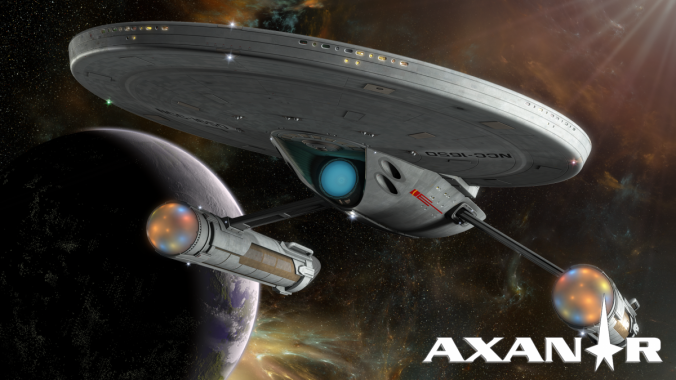
I tend to limit my interactions with the fairer sex to “hello” and “goodbye”. Sometimes, if I’m bold enough, I may venture a little further to remark on the current or projected meteorological developments. But that is as far out to sea as I would go in terms of conversation with the ladies. Compliments are definitely a no go. This I’ve learnt the hard way. I was once “advised” (several contusions and fractured ribs) by my colleague that some ladies (herself included) do not necessarily appreciate being compared to Godzilla, regardless of how tall they are.
In hind sight, I do see how a lady might take offence at being likened to a monstrous radioactive reptile. However, in my defence, at the time I honestly believed that most people should happily embrace the moniker. Because for all its scaly flabby unprepossessing features, its penchant for wanton property destruction, its complete disregard for human life, and not to mention its general unpleasantness, there is no denying that Godzilla is one of the world’s most bankable superstars. Godzilla has thus far heaped destruction in 29 movies in Japan. Stateside, Godzilla made landfall in 1956, starring in the Hollywood produced Godzilla, King of the Monsters!. This was followed by three more movies in 1985, 1998 and 2014, all of which roped in hundreds of millions of dollars at the box office. In fact, Godzilla’s stardom is not limited to celluloid, it also starred in several long running television series, innumerable comic books and electronic games, making it a worldwide pop culture phenomenon with tons of merchandises.
With all these publicity and media appearances, if Godzilla were flesh and blood, it would most definitely be one of the richest celebrities. Unfortunately for Godzilla (fortunately for all humanity), it is only a fictional character and will never see a penny of its hard-earned cash. Instead, with an array of intellectual property rights covering multiple aspects of the character, its creator – Toho is the one profiting from the spoils of the monster’s desolation. Toho’s ginormous IP portfolio on Godzilla includes copyright to the design of Godzilla and its various monster co-stars. Even the distinctive roar of the monster is subject to copyright protection. Toho also owns numerous trademarks relating to Godzilla internationally, covering everything from the words “GODZILLA” and “ZILLA”, to the designs and representations of the monster itself.
To defend its intellectual goldmine, Toho has a team of lawyers every bit as ferocious as the monster they are protecting. In 1985, Warner Bros. was singed by Toho for including a Godzilla look-alike in the movie Pee Wee’s Big Adventure, settling the case for an undisclosed amount. In 2002, a US vintner was reduced to a pile of rubble as they were made to destroy its inventory of “CABZILLA” cabernet sauvignon which featured the image of a roaring Godzilla holding a glass of wine on its label. The following year, vendors at the Yankee Stadium were side-swiped by Godzilla’s lawyers for selling inflatable Godzilla replicas in honour of Yankees’ player Hideki Matsui, whose nickname is in fact “Godzilla”. In 2008, ten years after Godzilla ripped apart the New York subway, its lawyers took a bite out of sandwich giant Subway, demanding USD 150,000 in compensation for featuring a Godzilla-like dinosaur in its TV commercial. Even Toho’s compatriot was not spared. HONDA was sued not once but twice, in 1992 for flying a giant Godzilla float in the New Year’s Rose Parade and in 2011 for showing a seconds-long footage of a fire-breathing Godzilla in its commercial.
It is safe to say that while there is still atomic breath in monster’s lungs, Toho will continue to milk its ferocious behemoth for all its worth. And for anyone who even dares to think about getting on the bad side of the radioactive reptilia, consider the ungodly fire and brimstone that its lawyers will rain down upon you.



